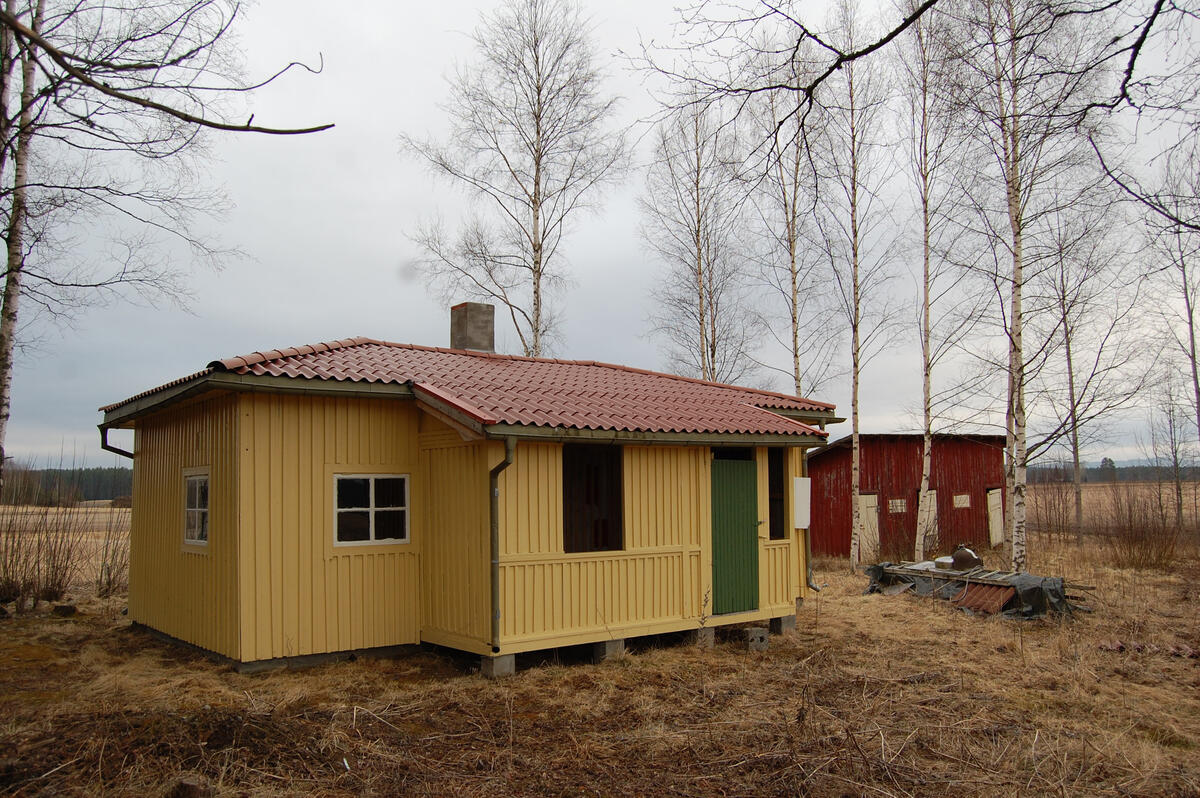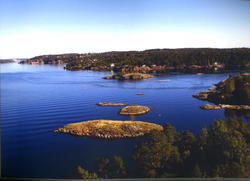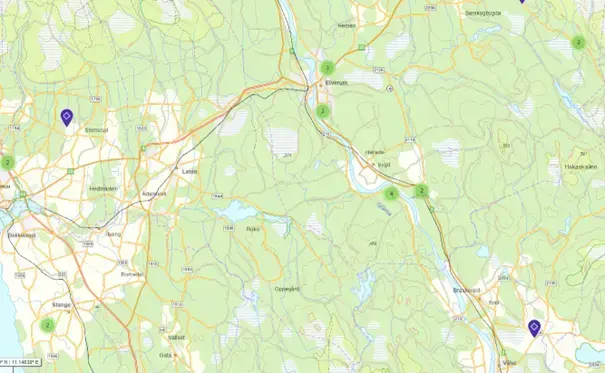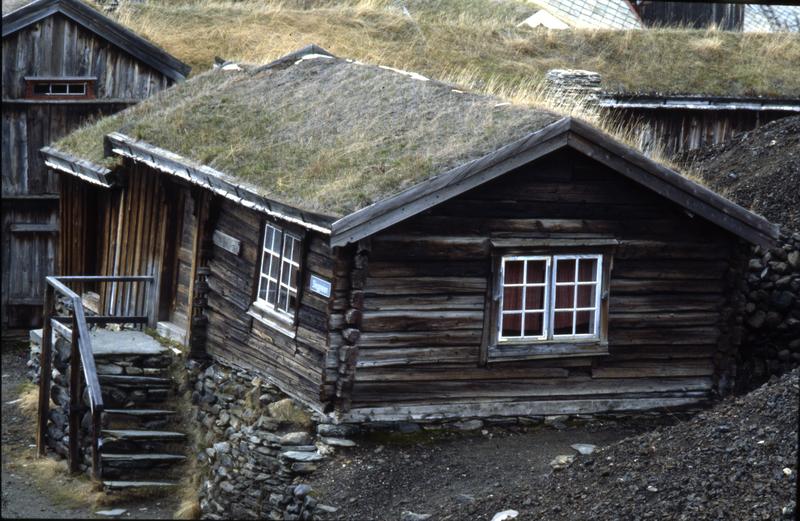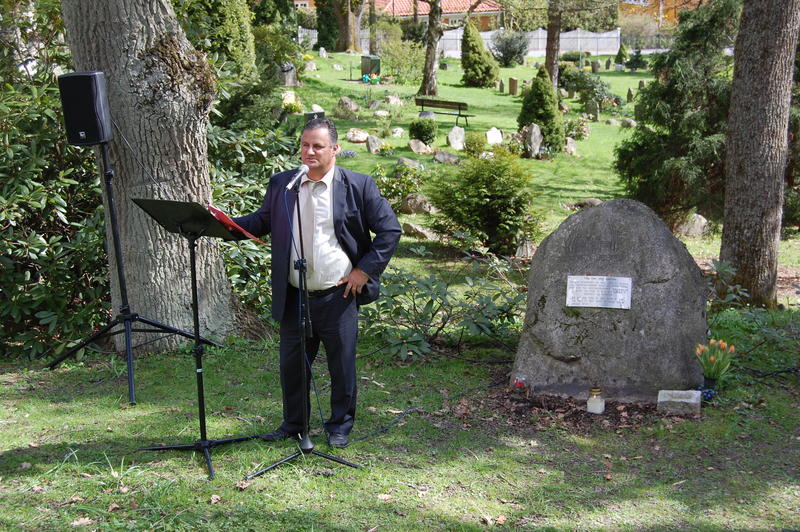Anno Glomdal Museum’s work on cultural heritage
Between 2009 and 2012, the Anno Glomdal Museum recorded 51 tangible and intangible cultural relics from the Romani people in Hedmark county. The method of recording was similar to the method used for a project at the Haugeland Museums (museums working at a local level to explore the history of the Boat Travellers).
- 1/1
House of Jenny Emilie Pettersen, finally restored in 2017. Foto: Anno Glomdalsmuseet
The names of the places associated with camp sites, coves, islets, and other places where they settled down are important parts of the intangible cultural heritage of the Romani people. Along the coast, many islets and coves have been named after the "vagabonds" (fantene) or the "splinters", the nickname often used for the Boat Travellers. Some examples are "Kuholmen" or "Fantholmen" near Kristiansand, "Fantehølet" on Bjørkøya in Langesundsfjorden, and “Fantodden” near Kragerø. Many stories are linked to these locations, creating a place in people's consciousness.
- 1/3
Pokerhaugen, Hedmarken. Foto: Privat/ Anno Glomdalsmuseet - 2/3
Fantholmen. Foto: LOR - 3/3
Gjærstadholmen was a well known place to stay for many travelers. Foto: Tom Dag Bredesen
The recordings are classified by place, name, the location, and its historical use. Some of the stories from the sites have also been recorded. It has been important to record accurately the GPS coordinates for the individual cultural heritage sites.
Using GPS coordinates from the field, the recordings are marked on digital maps operated by Hedmark county authority. The recordings are scattered among ten different municipalities, 22 of which are in Elverum, while Stange is represented by seven, Hamar by five and Våler and Eidsskog by four - to name the municipalities that have the most recordings.
In addition to the Anno Glomdal Museum, the Haugeland Museums and Halden historical collections have recorded Romani cultural heritage sites. The Haugeland Museums focus on the Boat Travellers along the coast and have made their recordings there. Halden historical collections have registered cultural heritage sites on the Swedish and Norwegian sides of the border through the inter-regional project Resandekartan (www.resandekartan.se). On the Norwegian side, they are primarily in Østfold county.
The Anno Glomdal Museum wants to continue this work and hopes to create a national project involving local and regional museums as partners, along with the Romani people’s own organisations, enthusiastic individuals, and local historical associations.
Grindalsletta is an example of campsite which is a recorded site.
Grindalsletta
The campsite was located on a plain in Elverum. The locals called the plain “Taterringen” ("the Tater ring"), while the Romani people called it “Grindalsletta”. It was situated close to Grindalen farm, one of the largest farms in Elverum. The plain was located just east of the water tower by the train station. The access to clean water made Grindalsletta an attractive place to camp. Different families, most of them related to Big-Johan, camped there in the summer.
Engebret Grindalen, who grew up on the farm, recalls the Tater families who came to the farm to trade, and to get some hay for the horse or some food. He also remembers a brawl there. The Romani people knew they were welcome at Grindalen, and many still remember Grindalsletta. Engebret Grindalen says that, as recently as the 1980s, a family asked for permission to park their caravan on the plain. They wanted to refresh old memories. This says a lot about the importance of preserving such sites for the descendants of Romani people that used to camp here.
- 1/1
Grindal camp site, Elverum. Foto: Privat/ Anno Glomdalsmuseet
